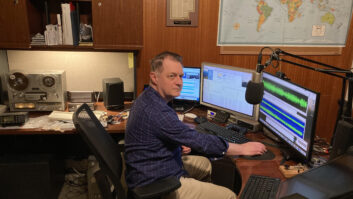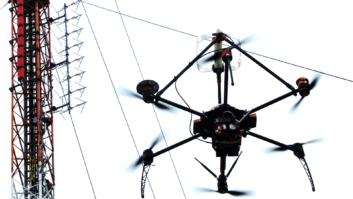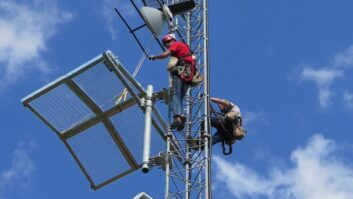The author is a consultant based in Moorhead, Minn.

I have been a reader of Radio World for many, many years and have always appreciated the boots-on-the-ground approach taken. It is an approach that most often represents reality.
I read with dismay about the digital radio testing that is being done in the AM band using only the iBiquity IBOC model (“All-Digital Testing Expands,” Dec. 4). Why is there no mention of DRM?
I regularly enjoy full-stereo broadcasts on the shortwave bands from stations using DRM. Our new Nautel 50 kW transmitters come DRM-ready. It appears to me that if a similar analog sunset date had been set for AM broadcasters by the commission, as was done in the move to HDTV, AM would immediately enter the digital age and become a player in today’s media.
I was asked recently by my employer to draft a short summary of what has transpired in the AM/FM industry in recent years and state my opinion on what needs to happen. The following is what I wrote (opinions are my own, not my employer’s):
Over a decade ago, the broadcast industry was authorized to proceed with an in-band, on-channel method of obtaining a digital-analog hybrid method of migration that would eventually facilitate a transition to full digital modulation for traditional AM and FM broadcasters.
This hybrid approach has not proved viable for AM broadcasters and has had limited success for FM. By all accounts, the implementation rate has stalled while other countries are enjoying digital-only approaches like DRM.
Critical mass has not been reached for various reasons, including the lack of consumer receiver options and the failure to set a date for exclusive digital modulation, as was done for television broadcasters in the HDTV transition.

Gary Ellingson
Various approaches have come along during this same period, with the intent to revitalize the AM broadcast band. Pressures have been put on the FCC to reinforce interference standards to mitigate the intrinsic susceptibility to interference that AM modulation has. A call to gradually migrate AM stations to FM translator frequencies has been made, an approach taken in several countries that resulted in the complete abandonment of the AM broadcast band.
Recently, there has been some motion to eliminate the need for enforcement of the nighttime interference contours, in an effort to allow time-limited stations to remain on the air and at even higher powers during otherwise restricted times.
While these approaches can be argued from various perspectives, they fail to leverage the simple physics of propagation that the AM broadcast band has. In the case of interference, implementation of digital modulation technology exclusively would address the noise and interference issue and allow AM and FM broadcasters to more easily participate in the digital communications revolution.
The simple announcement of a switch-off date for analog broadcasts coincidental with a call for manufacturers to produce suitable receivers would give some closure to the never-ending process that was begun. Furthermore, it would stimulate the economy through the production process and promote the process of taking many stations from still-operating legacy transmission devices to current technology.
Finally, the physics of propagation have been known and studied since the turn of the 20th century. If AM broadcasters would implement an exclusive digital transmission scheme, a scheme that cannot succeed without the establishment of an analog turn-off date, the AM band would exhibit characteristics and coverage that not only matches that of the FM band but, in many cases, exceeds the same.
Once everything is fully digital, the poor-stepchild perception of AM and FM broadcasting would disappear and the long-desired revitalization would occur.












